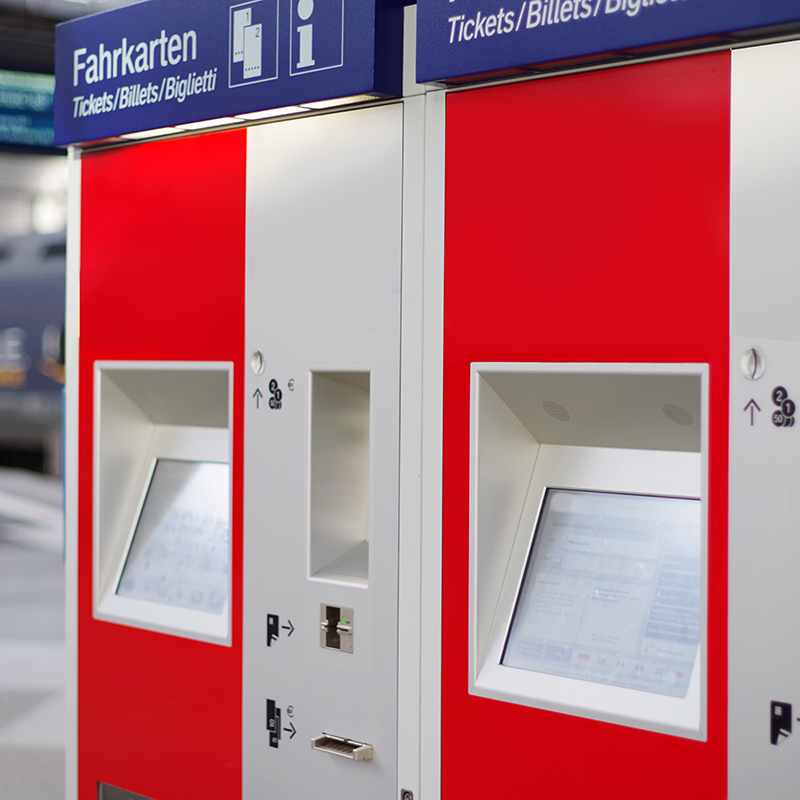Ernst Litfaß found Berlin too colorful: it bothered him that the city was covered with posters. Countless advertising leaflets and announcements for plays, concerts, and the circus hung haphazardly on walls and the sides of houses. The bookseller and printer by trade, who was born in Berlin in 1816, was looking for an alternative – and came up with the idea of putting the posters on advertising pillars. In 1854, he was granted permission by Berlin police chief Karl Ludwig Friedrich von Hinckeldey to put up 150 “announcement pillars” in the city. 100 pillars were built especially for this purpose. To create the remaining 50, fountains and urinals in the city were fitted with wooden paneling. The first of these was a pillar at the “Ziegenbockswache” in Münzstraße, Berlin-Mitte, on April 15, 1855. On July 1 of the same year, the 100 pillars and 50 fountain enclosures were unveiled to the public in a ceremony.
Pillars that send a clear message
Ernst Litfaß suspected that his idea had struck a chord: putting up highly visible ads in public places in this way was a new and promising idea. The resourceful entrepreneur had more pillars built and later secured the sole right to put up posters in Berlin. The pillars were soon named “Litfaßsäulen” (Litfaß pillars) in his honor. After the printer’s death in 1874, the pillars were built all over Germany. Despite the rise of digital forms of advertising, there are still an estimated 67,000 advertising pillars in Germany today, most of them still used for announcing cultural events. Ernst Litfaß thus erected a great number of “monuments” to himself.
((Header: nmann77 – Fotolia.com, in the article: ginton – Fotolia.com)





